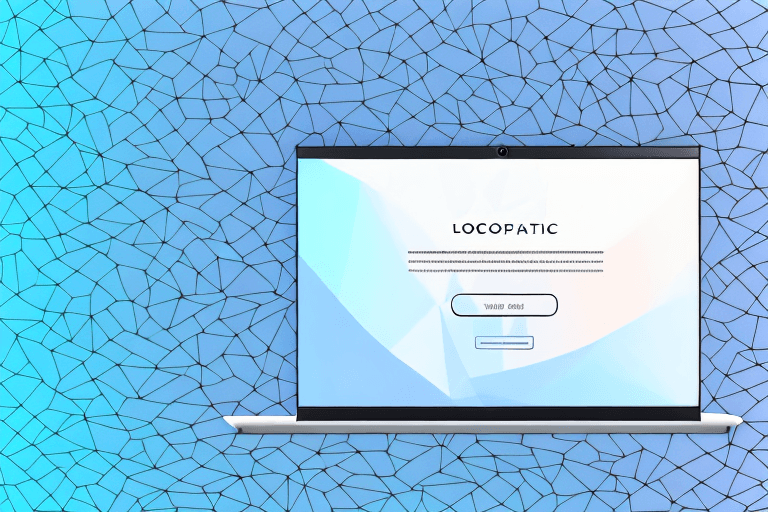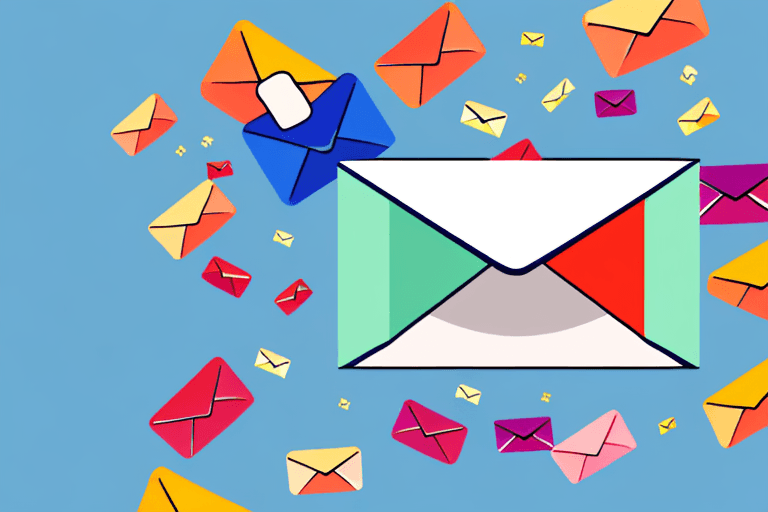If you're looking to improve your email marketing strategy, then follow up emails are a must-have. They're essential to making a strong impression on your customer and nurturing them through the sales process. However, crafting a follow-up email that's both engaging and effective isn't easy. That's where a follow-up email template comes in handy. In this article, we'll show you how to use a follow-up email template to get results.
Understanding the Importance of Follow Up Emails
Before we dive into how to use a follow-up email template, let's first go over why follow-up emails are so important. Studies have shown that follow-up emails can increase click-through rates by up to 50%! In today's fast-paced world, customers are often inundated with emails, and a follow-up email can be the difference between making a sale or losing a customer.
Why follow up emails matter
Follow up emails are important because they remind customers of your product or service and give them a nudge towards making a purchase. It's also an opportunity to address any questions or concerns the customer may have and provide more information about your business.
For example, if you are a clothing retailer, a follow-up email can provide more information about the materials used to make the clothes, the manufacturing process, and any certifications or awards your company has received. This additional information can help the customer make an informed decision and feel confident in their purchase.
Additionally, follow-up emails can be used to upsell or cross-sell products. For instance, if a customer has purchased a shirt from your clothing store, you can send them a follow-up email suggesting a matching pair of pants or a jacket that would complement their purchase. This can increase the customer's overall purchase amount and help build customer loyalty.
The role of follow up emails in customer engagement
Follow up emails are an essential part of customer engagement. They help you build a relationship with your customer, which can be invaluable. The more engaged your customer is, the more likely they are to remain loyal to your business and recommend it to others.
One way to engage with customers through follow-up emails is to ask for their feedback. You can send a survey or a simple email asking them how their experience was with your product or service. This shows that you value their opinion and are committed to improving your business based on customer feedback
Another way to engage with customers is to provide them with exclusive content or promotions. For example, if you are a fitness company, you can send a follow-up email with a free workout plan or a discount code for their next purchase. This not only provides value to the customer but also keeps them engaged with your brand.
In conclusion, follow-up emails are a crucial part of any business's marketing strategy. They not only increase the chances of making a sale but also help build customer engagement and loyalty. So, make sure to incorporate follow-up emails into your marketing plan and see the positive impact it can have on your business.
Choosing the Right Follow Up Email Template
Following up with potential clients and customers is an essential part of any business strategy. It helps to keep your brand at the forefront of their mind and can even lead to increased sales. However, choosing the right follow-up email template can be a daunting task. Here are some factors to consider when selecting a template:
Factors to consider when selecting a template
-
Purpose: What is the purpose of your follow-up email? Is it to generate sales, offer a discount, or provide information about your business? It's essential to select a template that suits your goal. For example, if you're looking to generate sales, a template that highlights your products or services' benefits could be a great choice.
-
Design: Choose a template that reflects your brand's personality and style. The design of your email is the first thing your recipient will see, so it's crucial to make a good impression. If your brand is fun and playful, consider a template with bright colors and bold fonts. If your brand is more professional and serious, a template with a clean and simple design may be more appropriate.
-
Content: Ensure that the template has customizable content that can be tailored to your business and message. The last thing you want is to send an email that feels generic and impersonal. Look for templates that allow you to add your own text and images, so you can make it feel like it was created specifically for your recipient.
Popular follow up email templates and their uses
There are various types of follow-up email templates available, each with its own unique purpose. Here are some popular ones and their uses:
- Abandoned Cart: Remind customers that they have left items in their cart and encourage them to complete the purchase. This type of email can be highly effective, as it reminds the customer of their interest in your product and can prompt them to take action.
- Thank You: Show gratitude to customers for their purchase or interest in your business. A simple thank you can go a long way in building a positive relationship with your customers and can even lead to repeat business.
- Product Review Request: Request reviews from customers to improve your business's online presence. Reviews are essential for building trust with potential customers and can even help to improve your search engine rankings. A follow-up email requesting a review can be an effective way to encourage customers to leave feedback.
- New Product Announcement: Let customers know about new products or services that your business is offering. This type of email can be a great way to generate excitement and interest in your brand's latest offerings.
- Event Invitation: Invite customers to attend a special event or promotion. This type of email can be a great way to build buzz around your brand and can even lead to increased sales.
- Discount Offer: Offer customers a discount on their next purchase. This type of email can be highly effective in generating sales, as it provides an incentive for customers to make a purchase.
By considering these factors and utilizing popular templates, you can create effective follow-up emails that help to build relationships with your customers and drive sales for your business.
Customizing Your Follow Up Email Template
Now that you've selected the right follow-up email template for your business, it's time to customize it for better results.
Personalizing your email for better results
Personalization is key when it comes to follow-up emails. Address the customer by their name and use relevant information to show that you care about their needs. For example, if the customer recently purchased a product from your website, you can reference the product in your email. This shows that you are paying attention to their specific needs and interests. Customizing your email can increase the likelihood of a customer engaging with your business.
Another way to personalize your email is by including a personalized subject line. A subject line that includes the customer's name or references their recent purchase can catch their attention and make them more likely to open the email.
Incorporating your brand identity
Ensure that your follow-up email template incorporates your brand identity. Include your logo and brand colors to make the email identifiable as coming from your business. This will ensure consistency and brand recognition.
In addition to your logo and brand colors, you can also incorporate your brand voice into your email. If your brand has a friendly and informal tone, make sure your email reflects that. On the other hand, if your brand is more professional and formal, your email should reflect that as well.
Adding a call to action
Don't forget to include a clear call to action in your follow-up email. Whether you want the customer to make another purchase or leave a review, make sure it's clear what you want them to do. You can also offer a discount or promotion to incentivize them to take action.
Make sure your call to action stands out in your email by using a different color or bolding the text. This will make it easier for the customer to see and follow through with.
Timing Your Follow Up Emails
The timing of your follow-up emails is crucial. Here are some best practices for scheduling follow-up emails:
Best practices for scheduling follow up emails
-
Timing: Send the follow-up email between 24-48 hours after the initial contact.
-
Frequency: Avoid bombarding customers with emails. Determine how many follow-up emails are appropriate and stick to it.
Adjusting your timing based on customer behavior
Based on customer behavior, you may need to adjust the timing of your follow-up emails. For instance, if a customer is interested in a product but hasn't made a purchase, sending a follow-up email with a discount code may be appropriate.
Measuring the Success of Your Follow Up Emails
Finally, it's essential to measure the success of your follow-up emails. This will help you determine what is working and what needs improvement.
Key performance indicators to track
Some key performance indicators to track include:
- Open rates: The number of times your email was opened.
- Click-through rates: The number of times a link in your email was clicked.
- Sales: The revenue generated from your follow-up email campaign.
Analyzing your results and making improvements
Analyze your results to determine what's working and what's not. Use this information to make improvements to your follow-up email template and strategy.
Conclusion
Follow-up emails are an essential part of any email marketing strategy. Choosing the right template, customizing it, timing it appropriately, and measuring its success are all key to getting results. With the information presented in this article, you're now equipped to use a follow-up email template to improve your email marketing strategy and get results.




